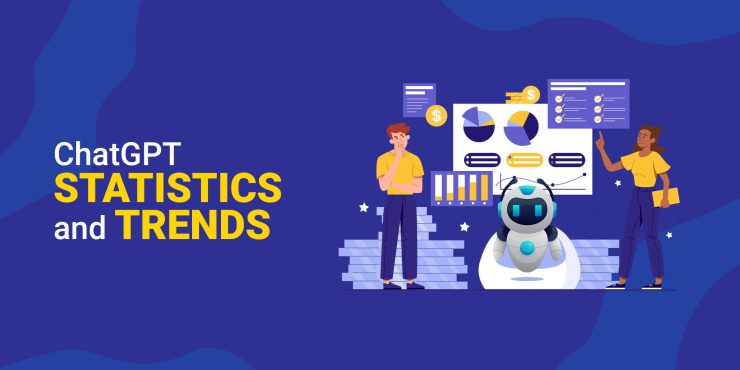Largely lauded by tech experts as “the biggest advancement in communication technology since the printing press,” ChatGPT set shocking records during and following its launch in 2023.
Here’s a quick look at just how jaw-dropping the stats for ChatGPT look this year and in the near future.
We offer this website completely free to our visitors. To help pay the bills, we’ll often (but not always) set up affiliate relationships with the top providers after selecting our favorites. However, we do our best not to let this impact our choices. There are plenty of high-paying companies we’ve turned down because we didn’t like their product.
An added benefit of our relationships is that we always try to negotiate exclusive discounts for our visitors.
Key ChatGPT Statistics

- Chat GPT was launched on 30th November 2022.
- OpenAI, the developer of ChatGPT, has been working on developing and training the language model since 2018.
- ChatGPT surpassed 1 million users within one week of its launch.
- ChatGPT is the fastest-growing consumer software application ever.
- The creator of ChatGPT, OpenAI, had its valuation more than doubled to $29 billion following the launch.
- OpenAI made over $2 billion in revenue to date.
- OpenAI is forecast to make over $5 billion in revenue by the end of 2024.
- ChatGPT is designed to primarily work in English, but it also understands certain inputs in 95 other natural human languages.
Who Uses ChatGPT?
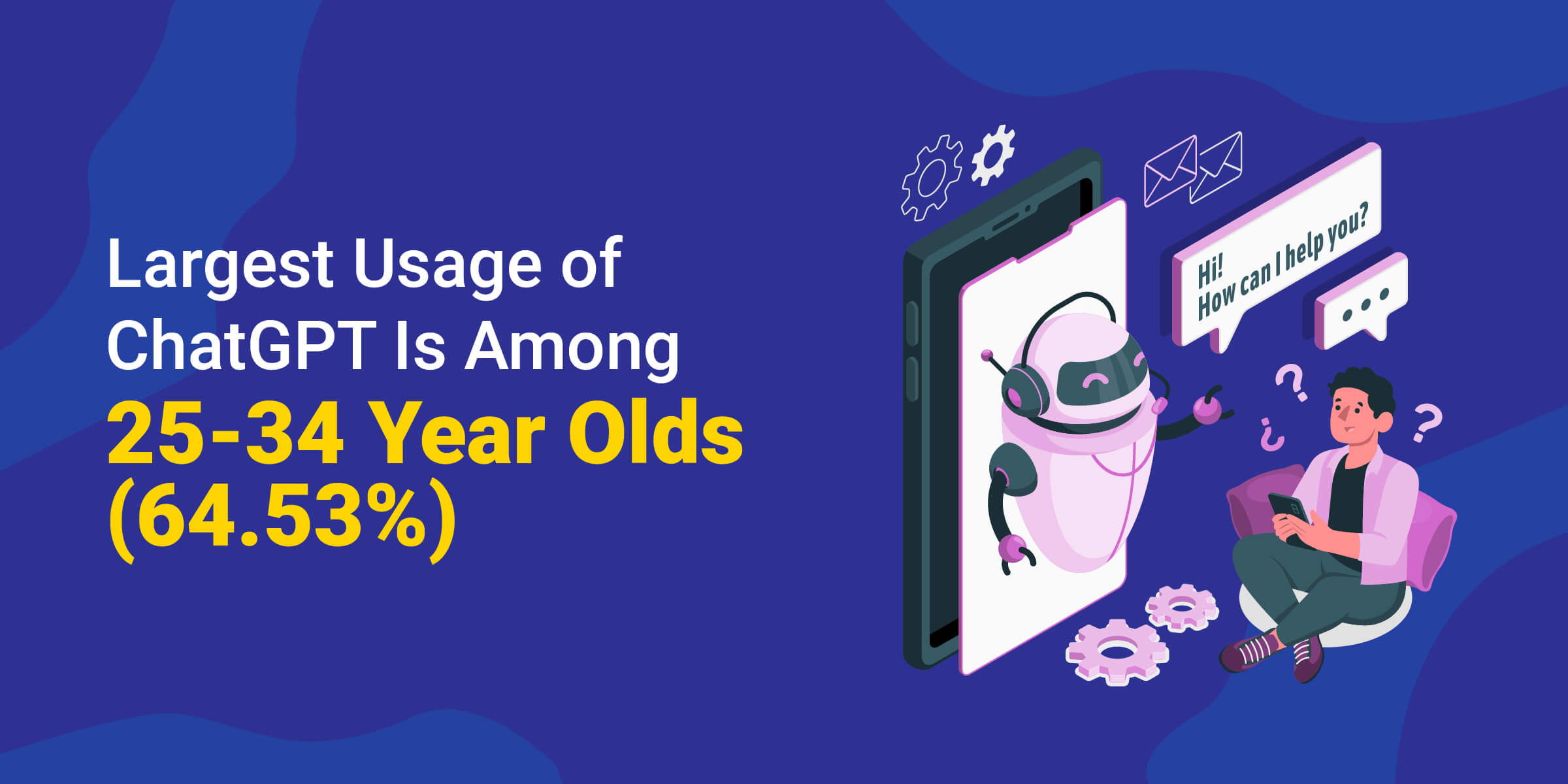
Over 180.5 million people use ChatGPT as of today, with millions using the groundbreaking software daily.
- ChatGPT has 180.5 million users as of February 2024.
- ChatGPT had more than 57 million monthly users in the first month of its launch.
- ChatGPT had 1.6 billion unique visits in December of 2023.
- ChatGPT attracts an average of about 100 million unique visitors per week.
- The most significant proportion of users is in the US, which is estimated to account for over 11% of them.
- India has the second largest ChatGPT user base, accounting for an estimated 8%+ of users.
- 49% of companies currently use ChatGPT and 30% plan to use it in the future.
- More than 92% of Fortune 500 companies use ChatGPT.
- The largest usage of ChatGPT is among people 25 years to 34 years old (64.53%).
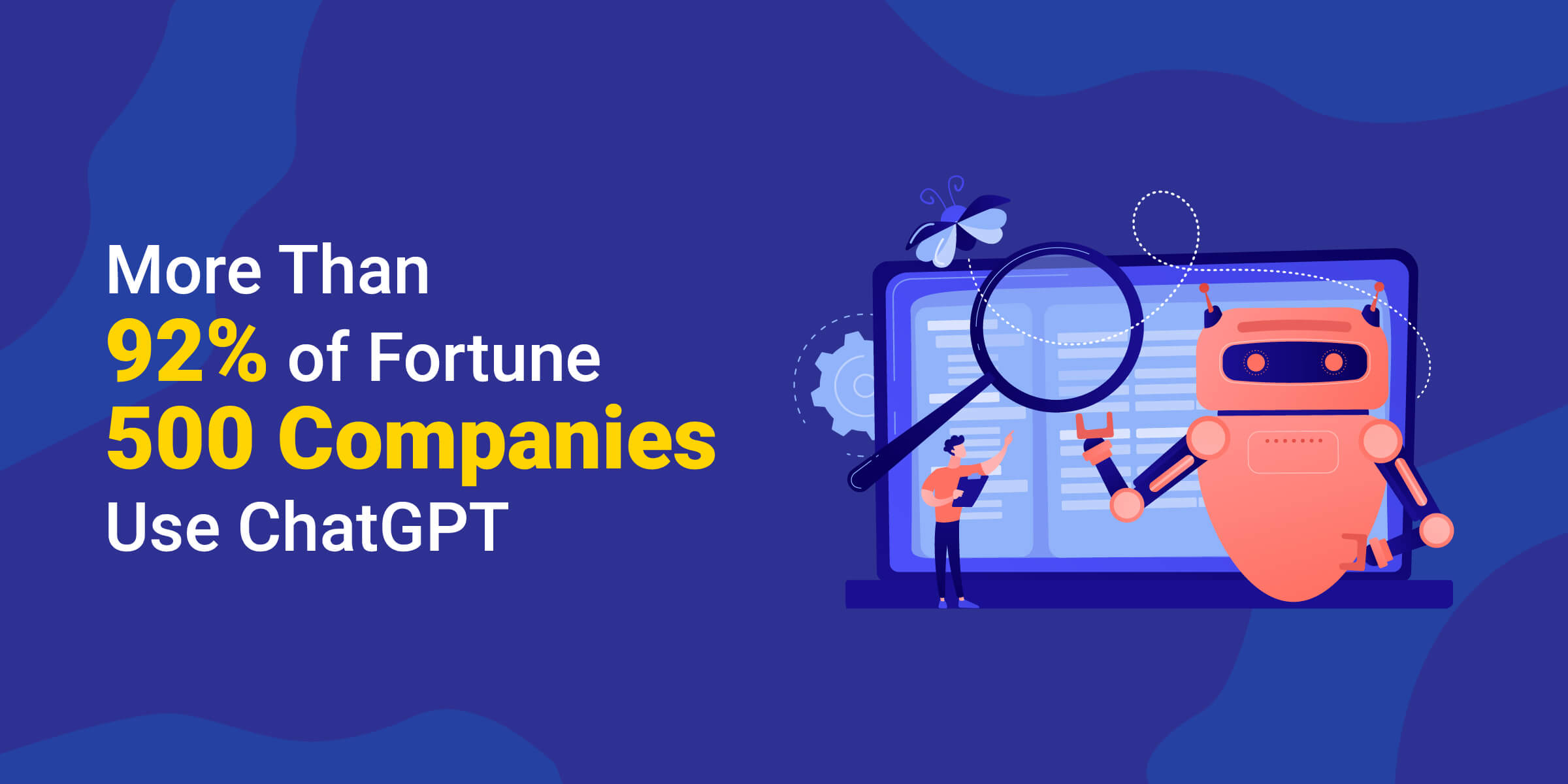
Limitations of ChatGPT
For all of its accomplishments, there are limitations to ChatGPT’s abilities.
Most of these are related to issues with AI and machine learning in general and many of these bugs will surely be improved on in the future.
- ChatGPT can only fetch data prior to the year 2021 since that is when its training stopped.
- ChatGPT is not currently available in North Korea, Iran, China, Cuba, and Syria, among other countries with strict guidelines regarding internet usage.
- Google claims it will punish detectable AI-written content in rankings, so ChatGPT content could be detectable and punished.

- The ChatGPT model is trained to refuse inappropriate requests, but it sometimes responds to harmful instructions or queries.
- Like all AI, ChatGPT is powered by machine learning, meaning the information in its responses is biased by the information it has received.
- Turnitin has officially developed software to detect if a student has used an AI chatbot (like ChatGPT) in their essay.
- Due to how many GPUs it uses, ChatGPT is very expensive and since ChatGPT is a free product, a lot of questions are currently being raised on how sustainable the technology is in the long run.
- The possibility of the software giving incorrect information is pretty high. StackOverflow has banned ChatGPT, saying: “Overall, because the average rate of getting correct answers from ChatGPT is too low, the posting of answers created by ChatGPT is substantially harmful to our site and to users who are asking or looking for the correct answer.”
- It is sensitive to input phrasing, so it often gives incorrect or incomplete answers if the query is not worded in a specific way.
ChatGPT Cost and Revenue
ChatGPT is EXPENSIVE for the company to run, but it has also proven lucrative.
While the use of the software is currently free, there is sure to be a subscription fee associated with using the service in the future.
- Microsoft invested $10 billion in OpenAI, currently owning 49% of stake ownership of the company, and will receive a 75% share of OpenAI’s profits until it makes its money back.

- OpenAI made over $1.6 billion USD by the end of 2023.
- Software industry experts have estimated that running costs for ChatGPT are at least $100,000 per day and $3 million per month.
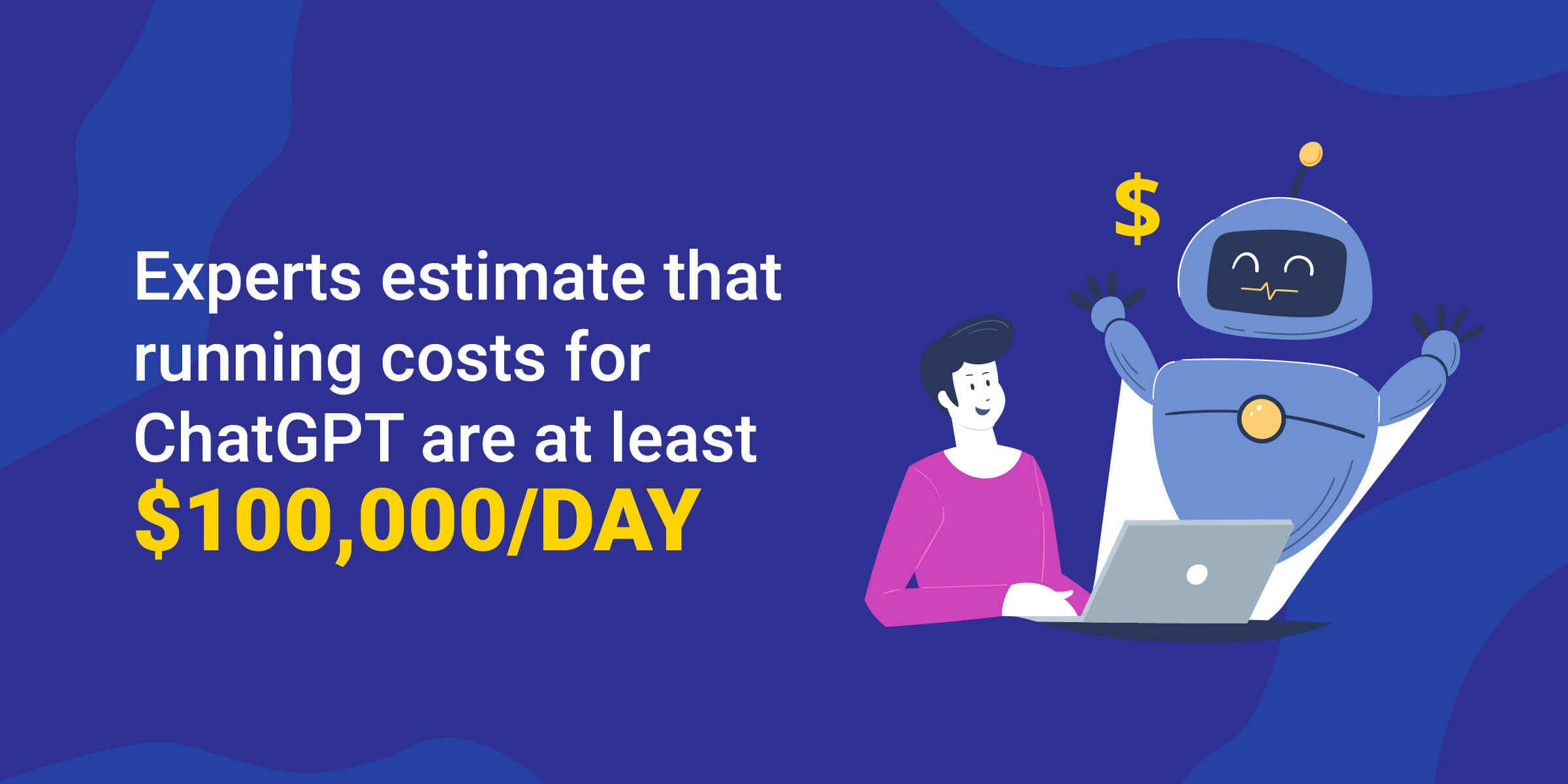
- On February 1st, ChatGPT launched “ChatGPT Plus.” Aimed at monetizing ChatGPT, this involves a $20 per month fee.
- It is estimated that by 2025, the market for AI software will reach almost $134.8 billion, and market growth is expected to accelerate from 14.4% in 2021 to 31.1% in 2025.
- In 2021, OpenAI was valued at $14 billion and is now valued at more than $29 billion, making it one of the most valuable companies in the United States.
- The revenue growth in the upcoming two years will be significant. In 2022, ChatGPT reportedly made less than $10 million.
- There is a ChatGPT API waitlist that will give developers and businesses access to an official ChatGPT API. It is reported that companies will have to pay $0.002 for an input of around 750 words.
ChatGPT Training and Data Sourcing
The creators of ChatGPT used over 1,000 GPUs and over 800 human creators and testers when building the software.
Here’s more on where and how ChatGPT got its training and sourced its data.
- OpenAI reportedly used 1,023 A100 GPUs to train ChatGPT, so it is possible that the training process was completed in as little as 34 days.
- The cost of training ChatGPT is estimated to be just under $5 million dollars.
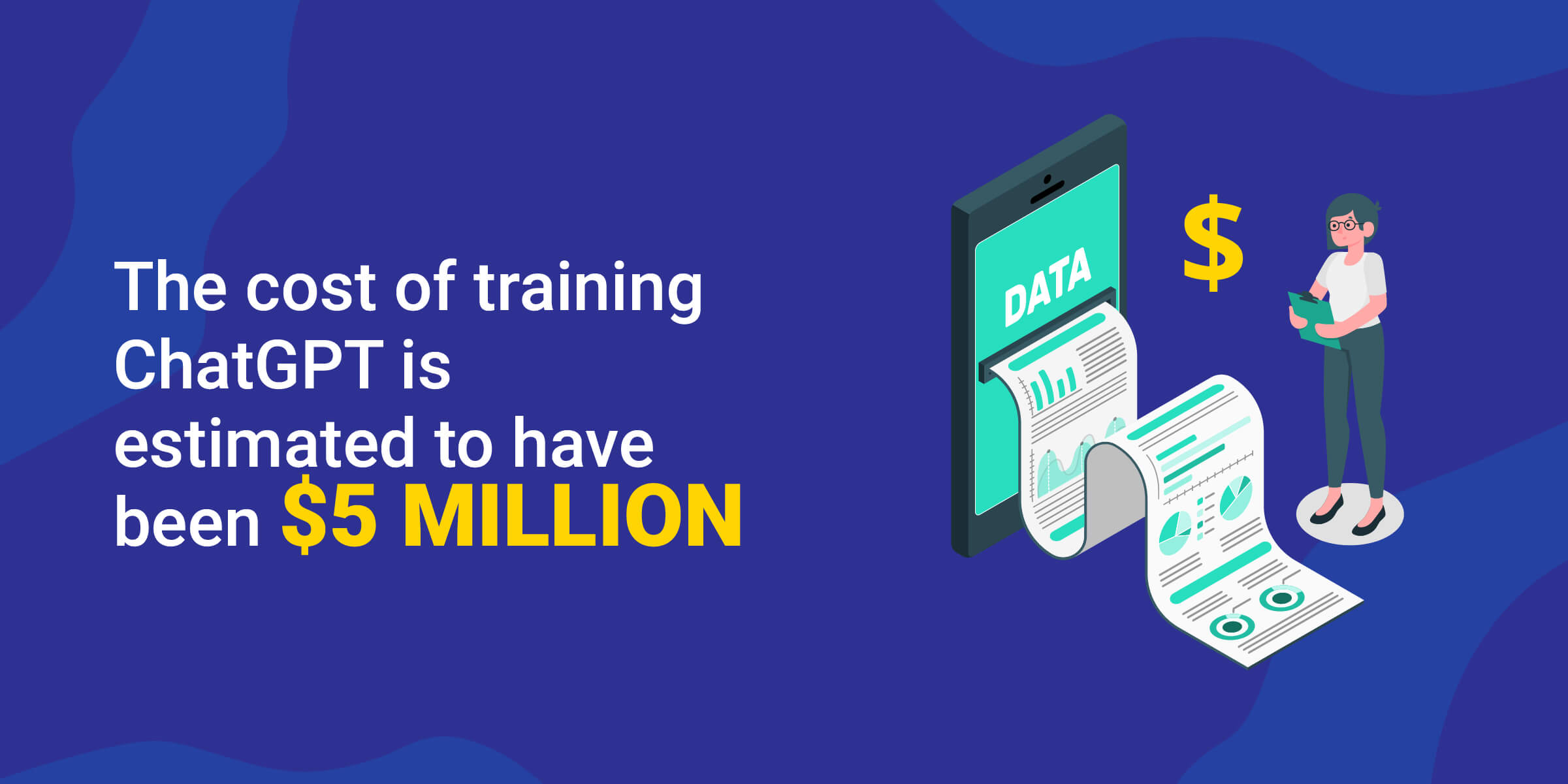
- The dataset for training ChatGPT-4 (the latest version of ChatGPT) consisted of 570GB of data obtained from books, web texts, Wikipedia, articles and other pieces of writing on the internet (300 billion words.)
- 93% of ChatGPT’s data set was in English.
- 780 people were recruited to participate in experiments to assess whether or not humans could detect that ChatGPT’s answers were generated by humans or by a computer model.
- Over 800 people were involved in the creation of the latest version of ChatGPT and in providing human feedback during its development.
- ChatGPT’s dataset comprises textual data from 5 sources, each with a different proportional weighting (see below stats for a breakdown.)
- 60% of ChatGPT’s dataset is based on a filtered version of what is known as ‘common crawl’ data, which includes web page data, metadata extracts, and text extracts from over 8 years of web crawling.
- 22% of ChatGPT’s dataset comes from ‘WebText2’, which consists of Reddit posts that have three or more upvotes.
- 16% of ChatGPTs’s dataset comes from two Internet-based book collections that included fiction, non-fiction, and also a wide range of academic articles.
- 3% of ChatGPT’s dataset comes from the English-language version of Wikipedia.
The Future of ChatGPT
The future of ChatGPT is bright (I mean, $5 billion expected in 2025?)
But the software may prove a threat to human jobs in the coming years.
Here’s more.
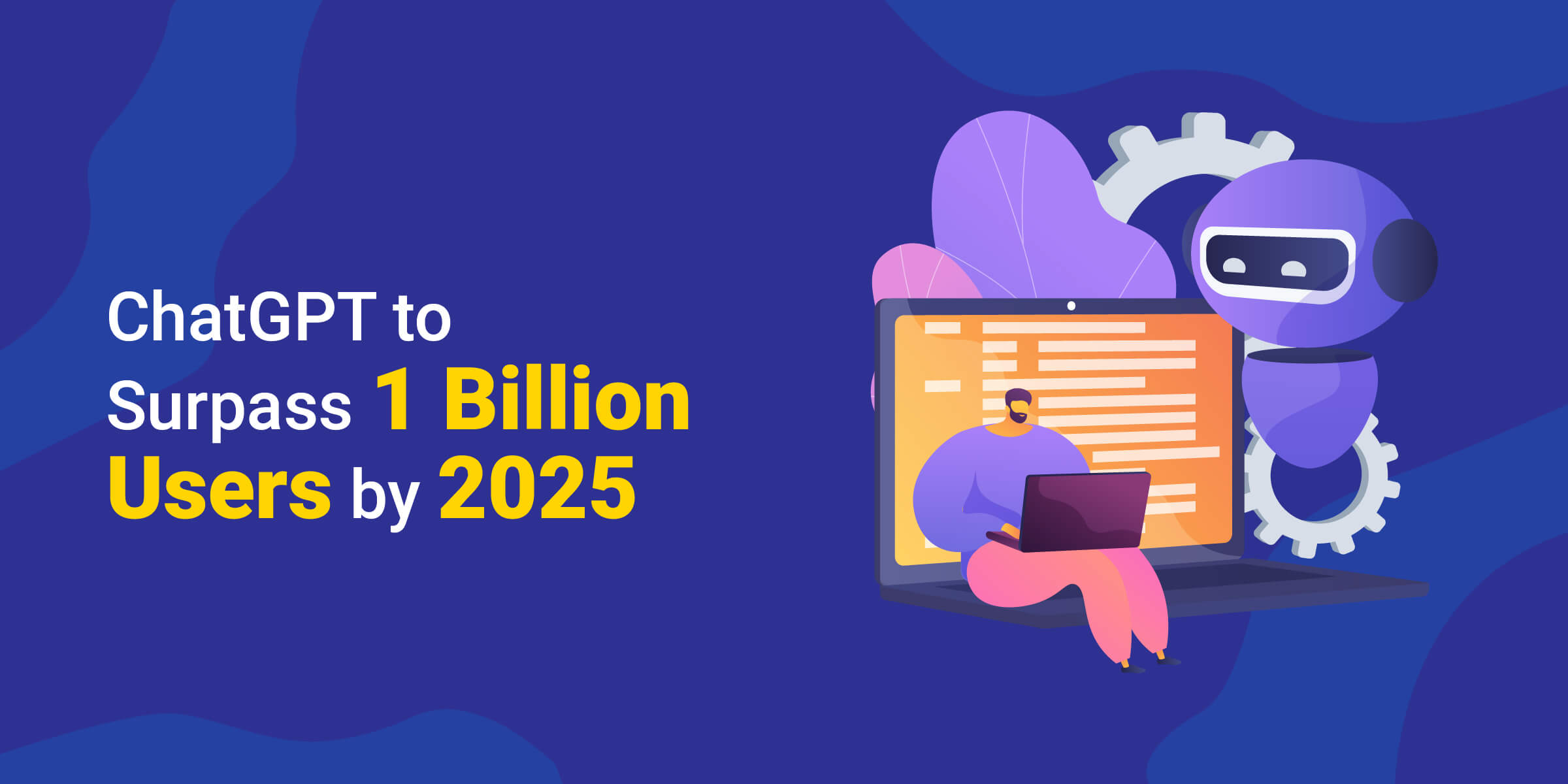
- The future of the AI industry looks bright with ChatGPT, with venture capitalists like Founders Fund and Thrive Capital expressing interest in buying shares worth $300 million.
- ChatGPT is set to surpass 1 billion users by 2025.
- ChatGPT was expected to grow at a compound annual growth rate (CAGR) of 22% from 2020 to 2025, reaching a market value of nearly US$14 billion by 2025 .
- While GPT-4 will surely be the future of ChatGPT, there is no official data to back that up (yet.)
- According to Forbes, research from credible sources has predicted that AI could take the jobs of as many as one billion people globally over the next decade and make 375 million jobs obsolete.
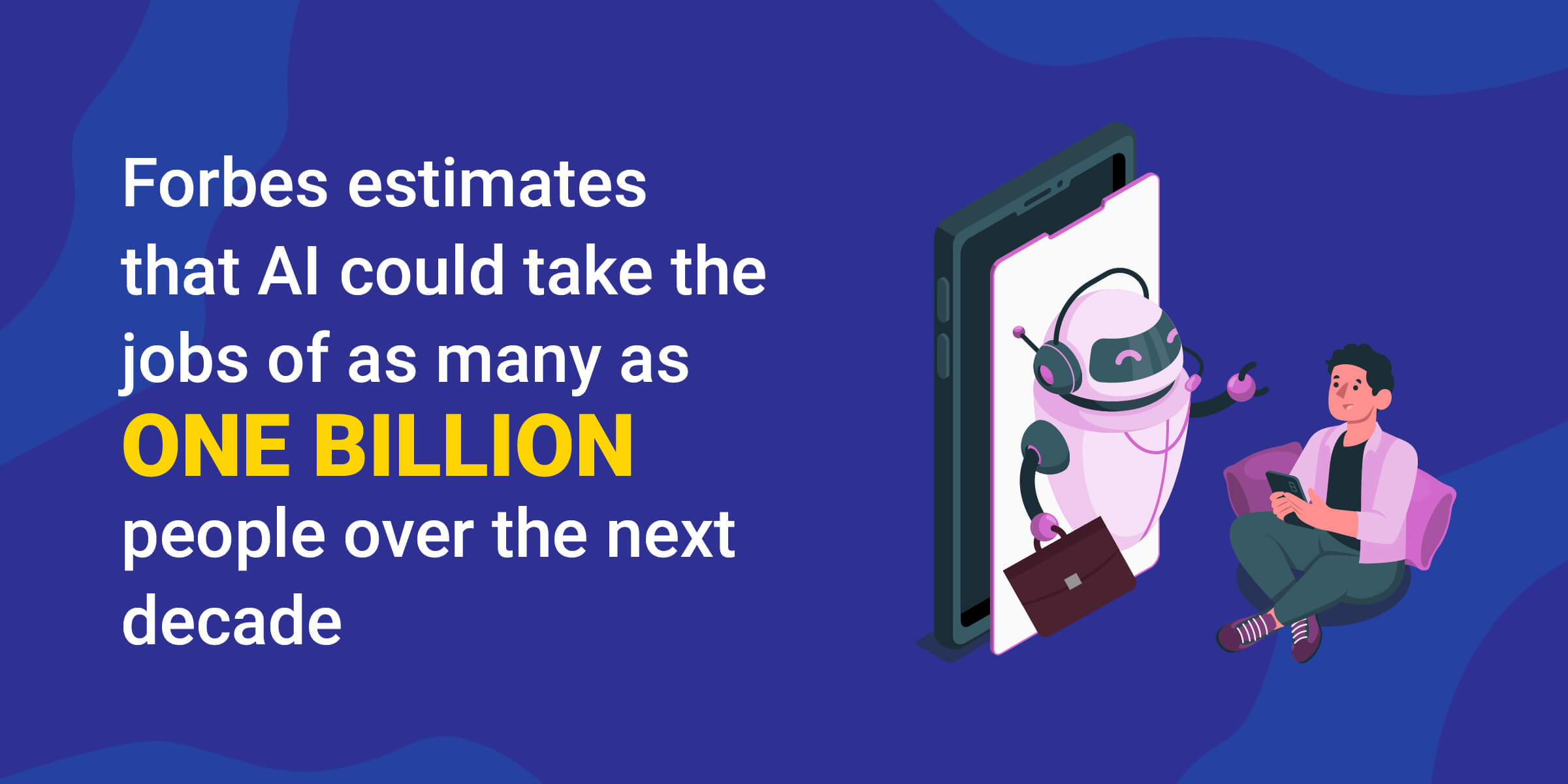
- When OpenAI first began accepting investors, they capped the return to 100 times. In the future, they anticipate that they will make that cap even more restrictive.
Conclusion
ChatGPT has quickly become an unavoidable part of our cultural landscape. It streamlines processes and makes writer’s block a non-issue, but it is limited in the information it can source (for now.)
As for whether or not it’s going to replace people’s jobs, we’ll just have to wait and see what the future holds.
Sources:
- https://www.demandsage.com/chatgpt-statistics/
- https://meetanshi.com/blog/chatgpt-statistics/
- https://www.demandsage.com/chatgpt-statistics/
- https://www.stylefactoryproductions.com/blog/chatgpt-statistics
- https://thesmallbusinessblog.net/chatgpt-users/
- https://money.usnews.com/investing/news/articles/2024-02-09/openai-hits-2-billion-revenue-milestone-ft
- https://www.theinformation.com/articles/openais-annualized-revenue-tops-1-6-billion-as-customers-shrug-off-ceo-drama
- https://www.stylefactoryproductions.com/blog/chatgpt-statistics
- https://explodingtopics.com/blog/chatgpt-users
- https://www.demandsage.com/chatgpt-statistics/
- https://explodingtopics.com/blog/chatgpt-users
- https://www.namepepper.com/chatgpt-users
- https://explodingtopics.com/blog/chatgpt-users
- https://explodingtopics.com/blog/chatgpt-users
- https://masterofcode.com/blog/statistics-of-chatgpt-generative-ai-in-business-2023-report
- https://www.demandsage.com/chatgpt-statistics/
- https://www.demandsage.com/chatgpt-statistics/
- https://www.demandsage.com/chatgpt-statistics/
- https://www.pcguide.com/apps/countries-chatgpt-not-available/
- https://seo.ai/blog/google-detection-chatgp
- https://www.demandsage.com/chatgpt-statistics/
- https://www.demandsage.com/chatgpt-statistics/
- https://thetab.com/uk/2023/02/09/turnitin-chatgpt-essay-detection-294120
- https://emeritus.org/in/learn/ai-ml-what-is-chatgpt/
- https://emeritus.org/in/learn/ai-ml-what-is-chatgpt/
- https://www.demandsage.com/chatgpt-statistics/
- https://www.cnbc.com/2023/01/10/microsoft-to-invest-10-billion-in-chatgpt-creator-openai-report-says.html
- https://www.reuters.com/technology/openai-annualized-revenue-tops-16-billion-information-2023-12-30/
- https://www.stylefactoryproductions.com/blog/chatgpt-statistics
- https://www.stylefactoryproductions.com/blog/chatgpt-statistics
- https://www.computerworld.com/article/3687614/how-enterprises-can-use-chatgpt-and-gpt-3.html
- https://meetanshi.com/blog/chatgpt-statistics/
- https://www.businessofapps.com/data/chatgpt-statistics/
- https://www.stylefactoryproductions.com/blog/chatgpt-statistics
- https://www.stylefactoryproductions.com/blog/chatgpt-statistics
- https://lambdalabs.com/blog/demystifying-gpt-3
- https://www.sciencefocus.com/future-technology/gpt-3
- https://arxiv.org/pdf/2005.14165.pdf
- https://www.stylefactoryproductions.com/blog/chatgpt-statistics
- https://www.stylefactoryproductions.com/blog/chatgpt-statistics
- https://arxiv.org/pdf/2005.14165.pdf
- https://arxiv.org/pdf/2005.14165.pdf
- https://arxiv.org/pdf/2005.14165.pdf
- https://arxiv.org/pdf/2005.14165.pdf
- https://arxiv.org/pdf/2005.14165.pdf
- https://thesmallbusinessblog.net/chatgpt-users/
- https://www.polymersearch.com/blog/chatgpt-statistics
- https://ai.plainenglish.io/chat-gpt-achieving-100-million-users-in-just-2-month-a-deep-analysis-a453e6f85acf
- https://meetanshi.com/blog/chatgpt-statistics/
- https://www.forbes.com/sites/cindygordon/2022/12/29/will-2023-be-the-year-that-openais-chatgpt-breaks-free/?sh=354f40053b1c
- https://openai.com/blog/openai-lp

